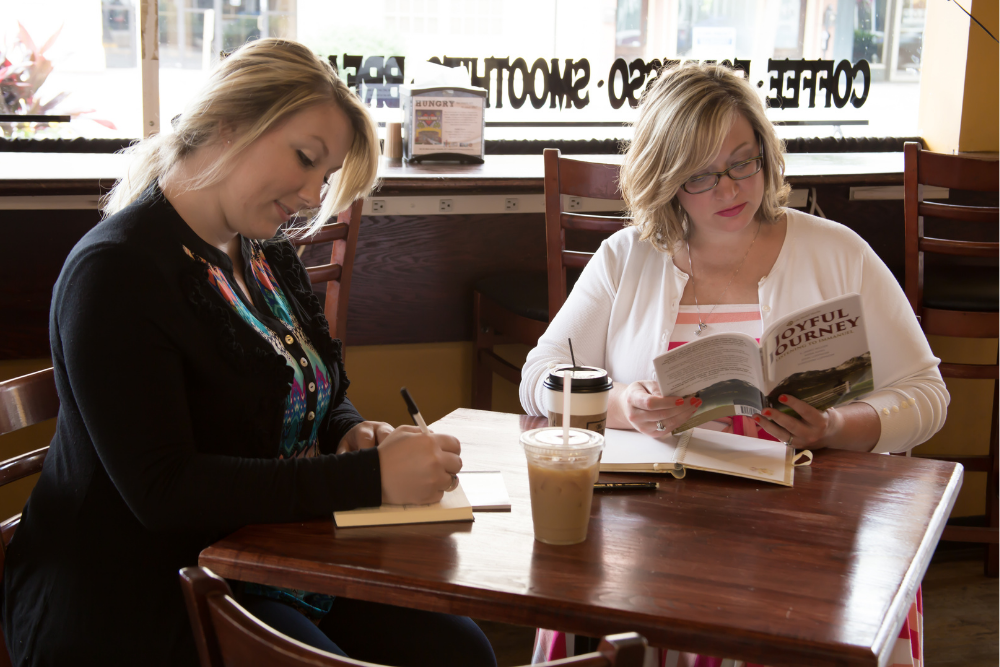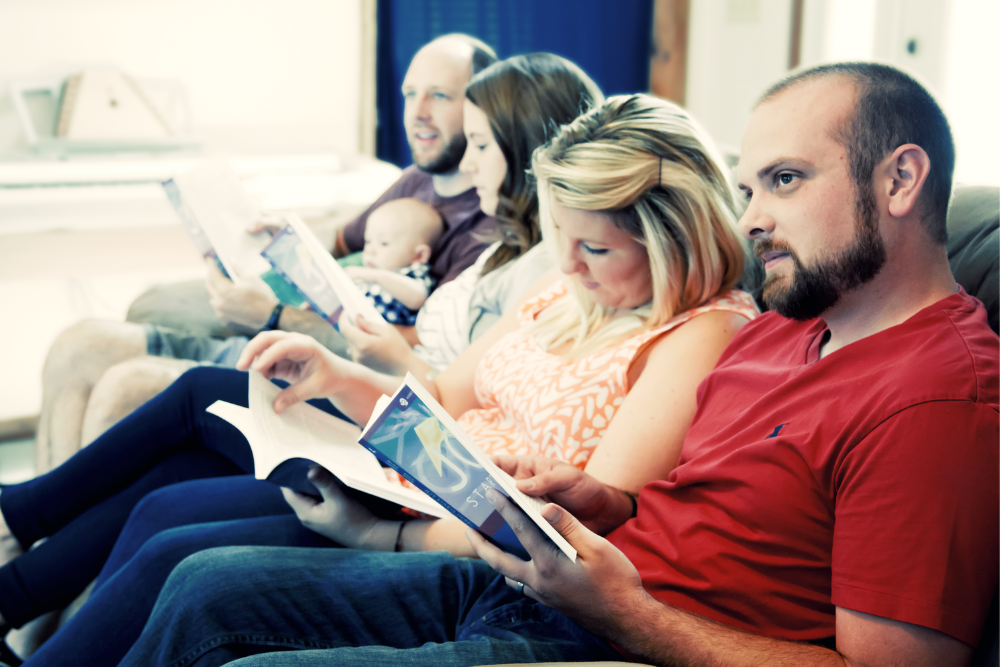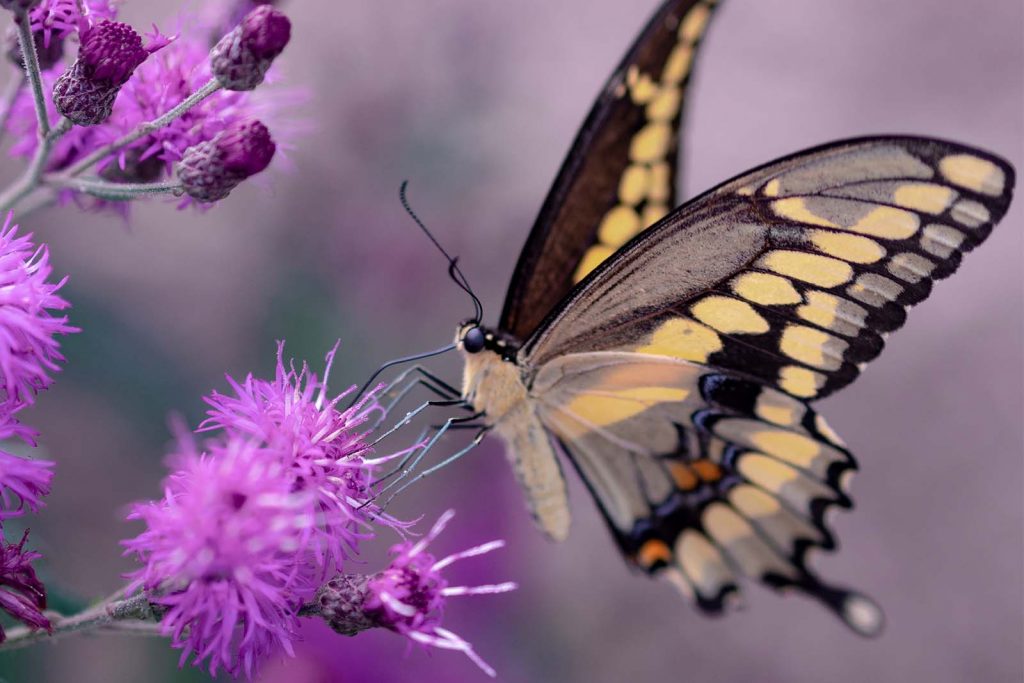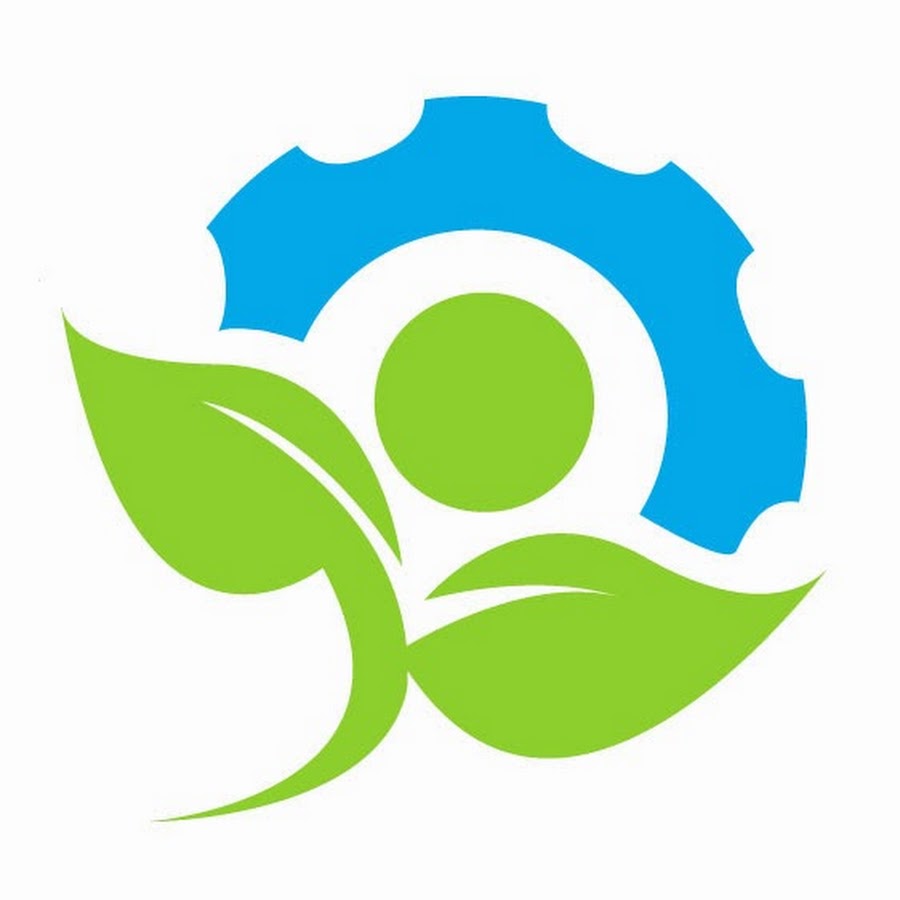By Mercy Johnson
It happens to each of us at some point, that internal longing for someone who is gone. One of the sorrows of our sinful and broken world is relational disconnection through death, unhealthy relationships, or other causes. Within Life Model-based training, we refer to this as attachment pain. Unresolved attachment pain causes a variety of problems for the human brain and body, and as the holidays approach, sometimes it can sting more than usual.
When someone with whom we are attached passes away or cuts off connection, the severed connection leaves a void within us. Dr. Jim Wilder gives an amazing illustration describing attachment love as a unique flavor profile. Imagine that attachment love consists of 1,000 elements. Each person’s love is a unique combination. When you feel the attachment pain of your grandma being gone, your brain seeks love with the specific elements: 9, 22, 567, 89, 10, 240, and 960. We are missing the combination of grandma’s love. How we handle missing this unique attachment love is important to the overall healing process. Experiencing a level of healing takes time and intentionality.
However, if you are learning about the reality and validity of attachment pain for the first time, there are some very practical next steps you can take to handle the weight of attachment pain.
The elements of the Life Model are often referred to as pillars. There are three official pillars: relational brain skills, Immanuel lifestyle, and multigenerational community (a community with a mix of ages and maturity levels). While this imagery is true, these elements can also be seen as three cords in a braid. When we weave together the brain skills for building joy and shalom, cultivating an Immanuel connection, and pursuing meaningful community support, it creates an environment for multifaceted healing.
So, what is a good first step? How do we break into relational brain skills that help us heal? I will never forget after a particularly tragic time with my family, I was driving from my parents’ house to my apartment. I simply said out loud in the car to myself, “How am I supposed to ever go back to the house after what has happened?” I was picturing a future of consistent fearful trepidation and triggering memories. Holy Spirit responded so clearly to me: “Make new fun memories.” I was shocked! Over the next several months and years, amid deep attachment pain, I was intentional to create new joyful memories with different members of my family. It totally worked! We were able to build new joyful memories and have a sense of “glad to be together” despite our pain. We ate at new restaurants and played new games and made new joyful memories. Making new memories was a critical first step. While building joy and returning to joy are fundamental to the Life Model, pursuing this can be daunting. This is where bringing in the cord of the Immanuel lifestyle goes hand-in-hand with building joy.
With the Immanuel prayer practices, we have structure and brain science for inviting Jesus into our attachment pain. Missing someone and their unique love elements has a tremendous impact on brain function. The good news is the 1,000 different elements of love come from God. It is so important to invite Jesus into this process. One amazing question you can ask Jesus is, “Do you feel how hard this is for me?” (Joyful Journey, pp.36) Pause and listen or journal Jesus’ reply to you. Connecting with Jesus is the second critical step. Often, we rush over these opportunities where we can allow Jesus to attune to us and truly feel His comfort. Other times, we attempt to cope with or silence this pain with different stimulants. Unresolved attachment pain plays a significant role in food cravings and other addictive behaviors. We subconsciously try to fill those specific love elements, but without that person connecting to us, we cannot fill that void. When we invite Jesus, the presence of Immanuel, into our pain, God can fill that attachment pain because every love element is present within God. When doing an Immanuel prayer session, the final important step is to share your story. This is where a multigenerational community is critical.
We need to sit and share our stories. Being in a community with people of varying emotional and spiritual maturity levels is the third cord of our Life Model braid. Sharing and listening is a courageous third step. It is important to share our pain and our Immanuel stories with people who will attune to us. Each of us can contribute to the growth of another person by listening well and attuning when they share. We also need to hear stories from those who have learned how to return to joy from attachment pain and receive hope from them.
It may seem difficult to accomplish each of these steps. Trusting people to listen can be hard. It takes courage to build new memories. It certainly takes courage to walk into an Immanuel prayer or journaling session that we know might include emotional overwhelm. It can also be challenging to find mature believers available to share their stories. Because we live in a broken world, it is hard to receive everything we need sometimes. The good news is Jesus wants to help us heal! Don’t give up on your story! Keep looking for healing opportunities and keep praying that God will connect you with the right people.
Hopefully, this article gives you a starting point to know what to look for in the healing process. If you can endure and continue to weave the braid of relational brain skills, Immanuel lifestyle, and multigenerational community, you will see healing. Keep an open eye for compassionate and gentle people who are amazing listeners. Have the courage to share when you miss someone you love. Recovering from the intensity of attachment pain usually does not happen overnight or in one altar call. Each person has their own process and timing. Taking small steps and big leaps in the right directions and at the right times will bring you closer to experiencing peace and transformation.









